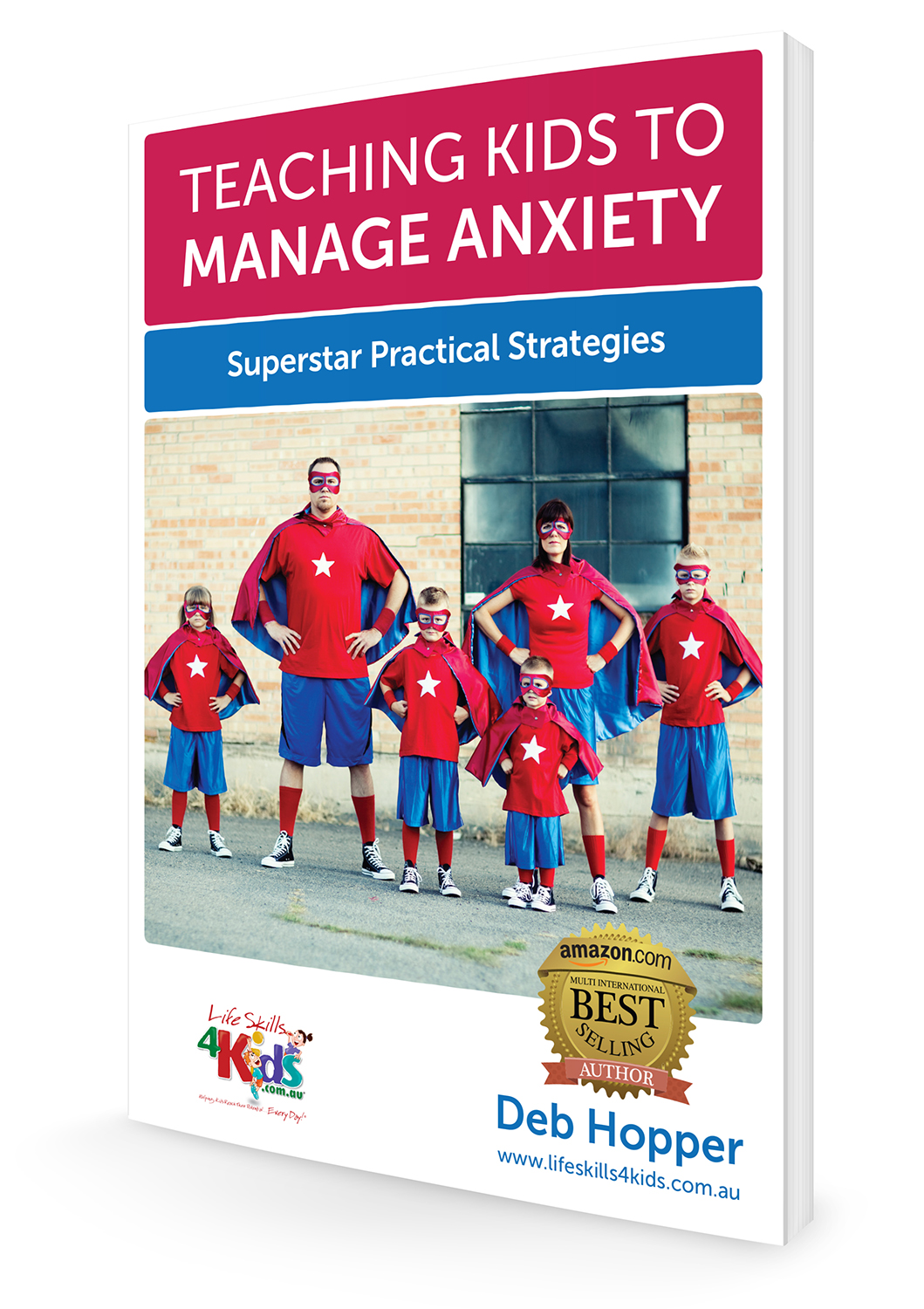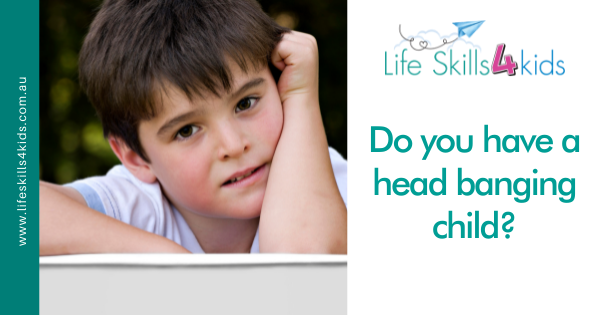Do you have a child that head bangs?
Head-banging is common for sensory seekers in the younger years. But it can also be due to physiological causes that I always recommend ruling out. Inner ear infections, swollen tonsils and/or adenoids, and other ENT issues can be the culprit sometimes.
If those issues are ruled out, you will want to do a simple behavior analysis. Try to figure out what precedes the behavior (stress, tiredness, undesired task, boredom, alone-time, lack of attention at the moment, etc.). Also try to determine what he gets from this behavior (attention, avoidance of a task, etc.). You might end up realizing that he really isn’t getting anything out of it other than the inherent sensory input, but you’ll probably still see a pattern to what leads to this behavior (boredom is a biggie).
Once you finish that analysis:
1) Behavioral Antecedents
Address the issues that seem to commonly precede the behavior.
2) Behavioral Consequences
Address anything that he may be getting out of the behavior other than sensory input. For example, if he gets a lot of dad’s attention from this behavior, encourage dad to give him lots of attention at other times but then ignore the child during this behavior (unless his head is in danger).
3) Sensory Input
Address the sensory needs that this behavior seems to be meeting. Provide lots of proprioceptive input to his head through scalp massage, gentle cranial compressions, helping him to do head-stands, forward rolls, push a pillow across the floor with his head while on hands and knees, etc.
Head-banging also provides a lot of rhythmic vestibular input so find other ways to provide this as well – swinging, rocking, etc.
4) Create a Social Story
Create a social story about head-banging. In the story, talk about the importance of keeping the head safe and show pictures of ways to give his head input (see 3 above) safely.
5) Create a Rewards System
Find something that motivates him. At his age,it needs to be pretty immediate to make sense. So if you find he is tempted to head-bang right before lunch most days, remind him about that time of day what he will get (a small treat, extra head-massage time, etc.) and then reward him for making it through that time without head-banging.
Head-banging typically doesn’t cause brain damage but be sure to have the parents keep in close contact with the doctor about this behavior. If there is cause for concern and the above strategies are not helping, a helmet should be considered. Unfortunately, I have seen helmets increase the force and frequency of head-banging more often than not. Still, sometimes they are necessary.
Best Wishes,
Gwen
To receive more articles like this sign up to the monthly newsletter and you will also receive a free sample of Deb’s upcoming e-book – click here.
Teaching Kids to Manage Anxiety: Superstar Practical Strategies (eBook)
Kids today are growing up in a fast-paced world where information and opportunity overload can be overwhelming.
Based on many years of clinical experience as an Occupational Therapist, Deb Hopper has been using her Just Right Kids® Model to teach children to communicate and manage their stress and anxiety by:
– Identifying their “body speed”,
– Understanding their stress triggers, and
– Implementing simple strategies to reduce anxiety and stress.


